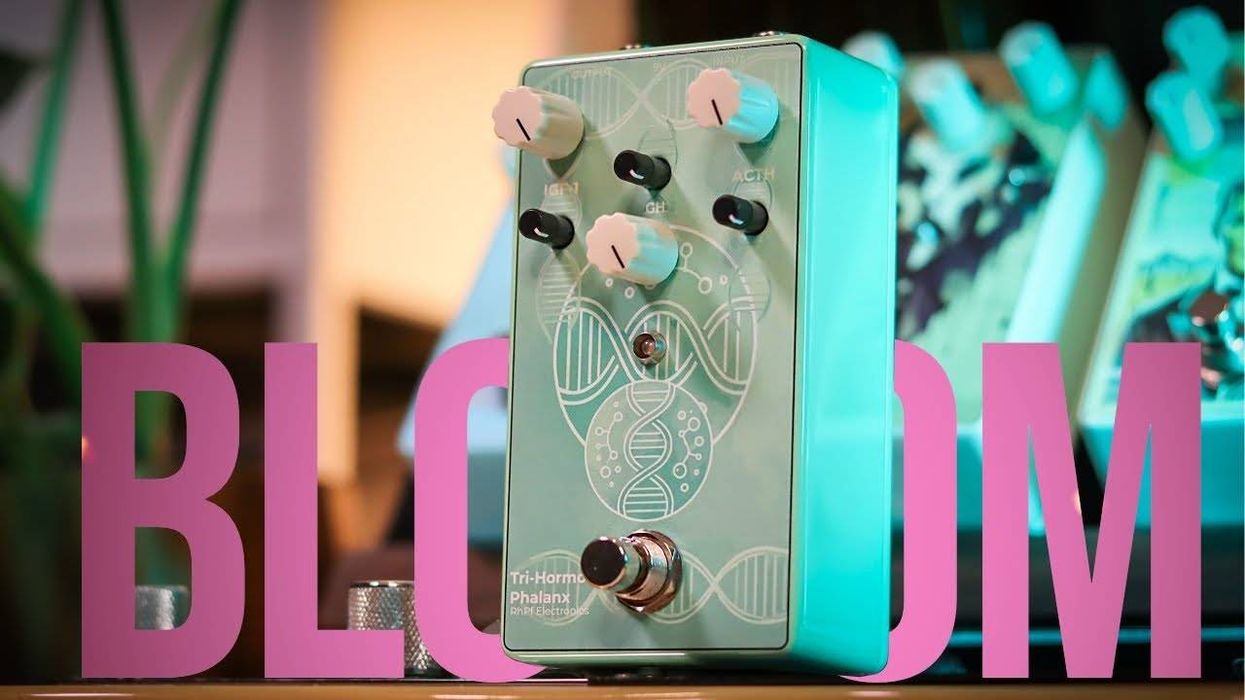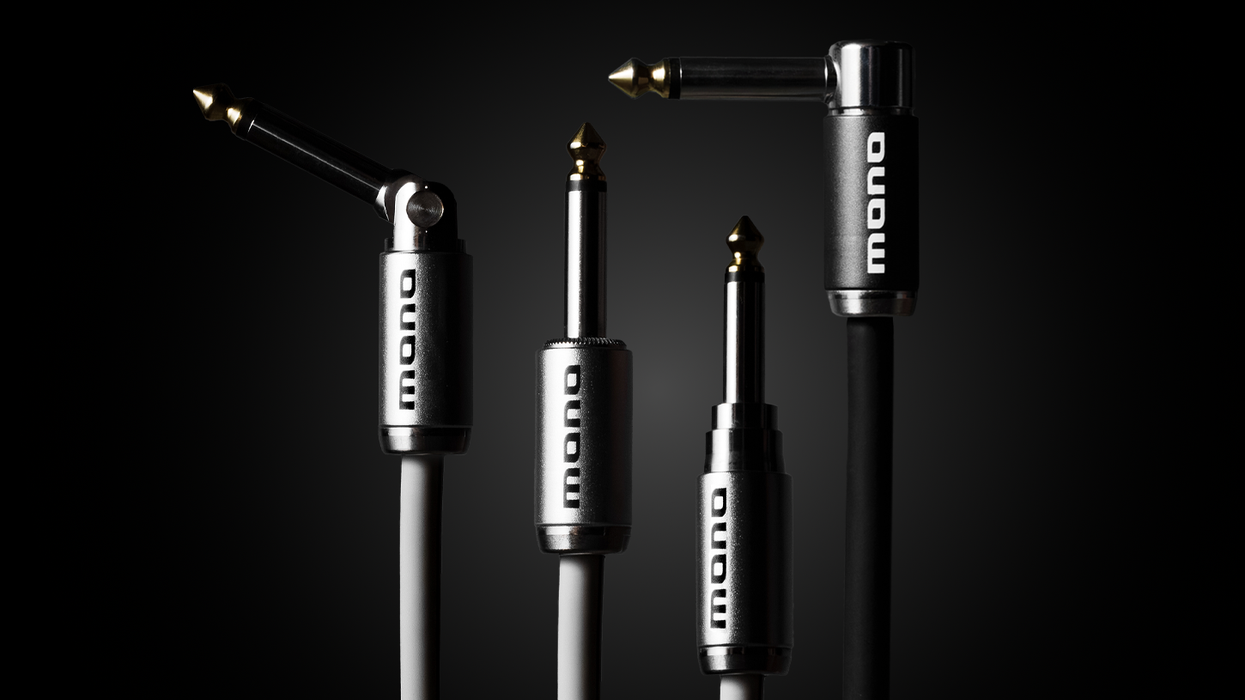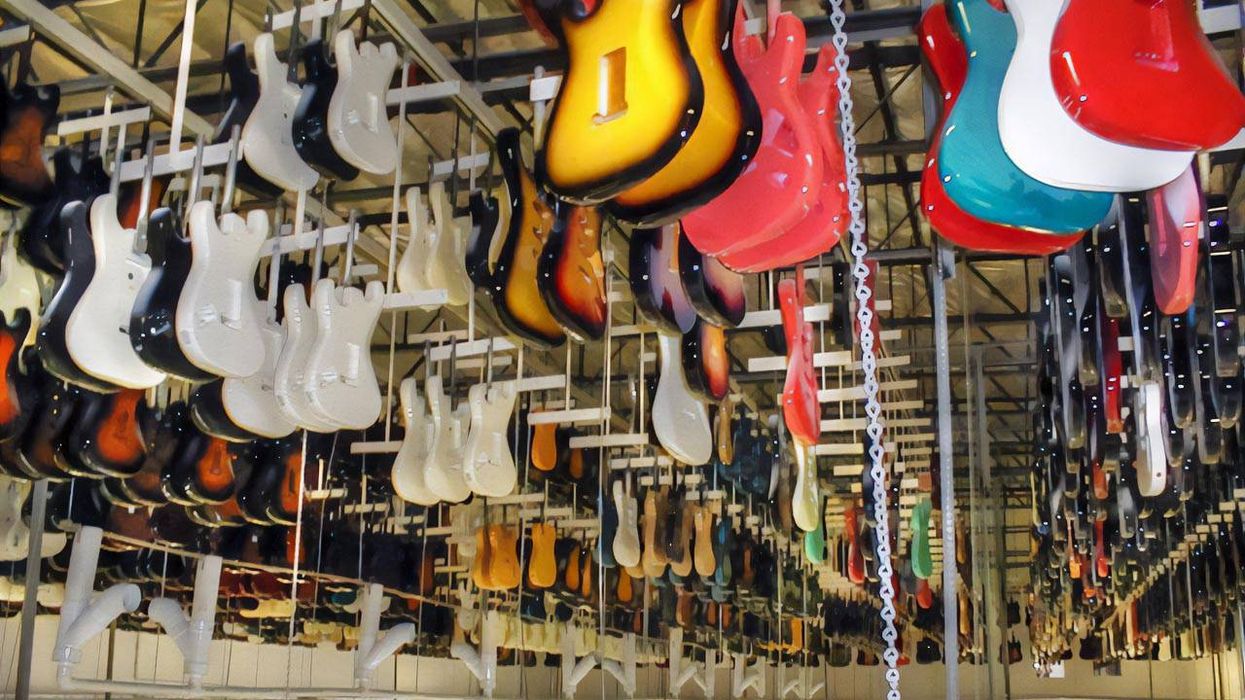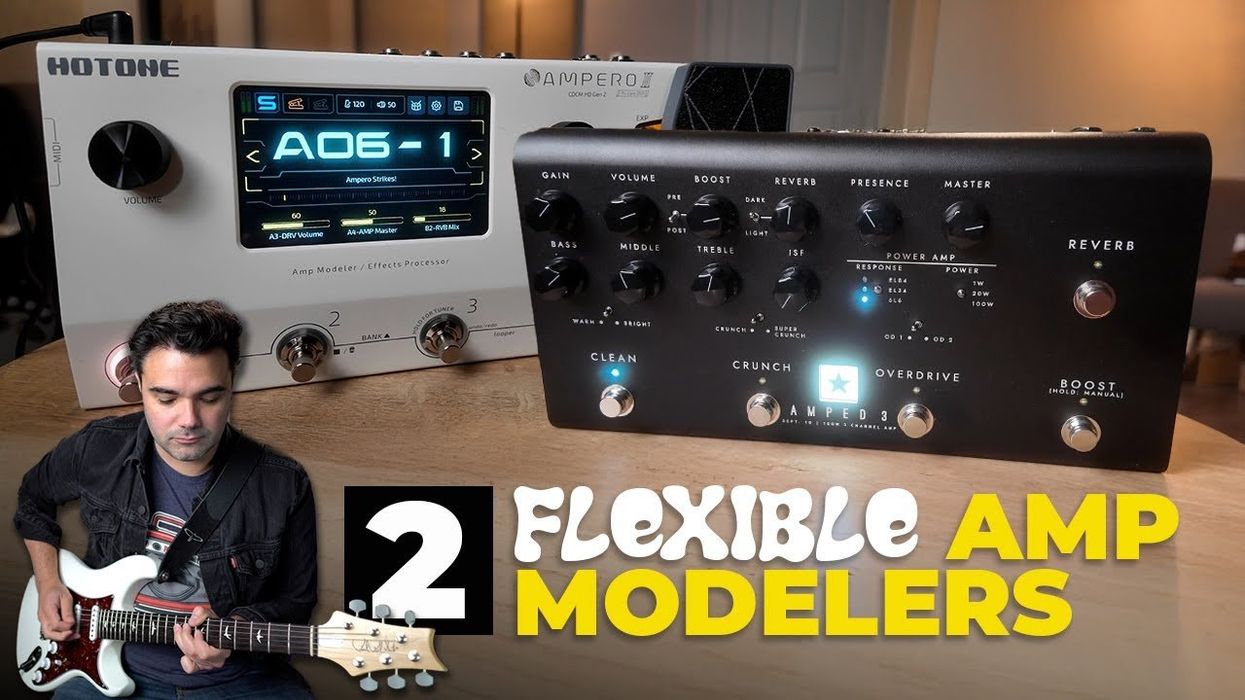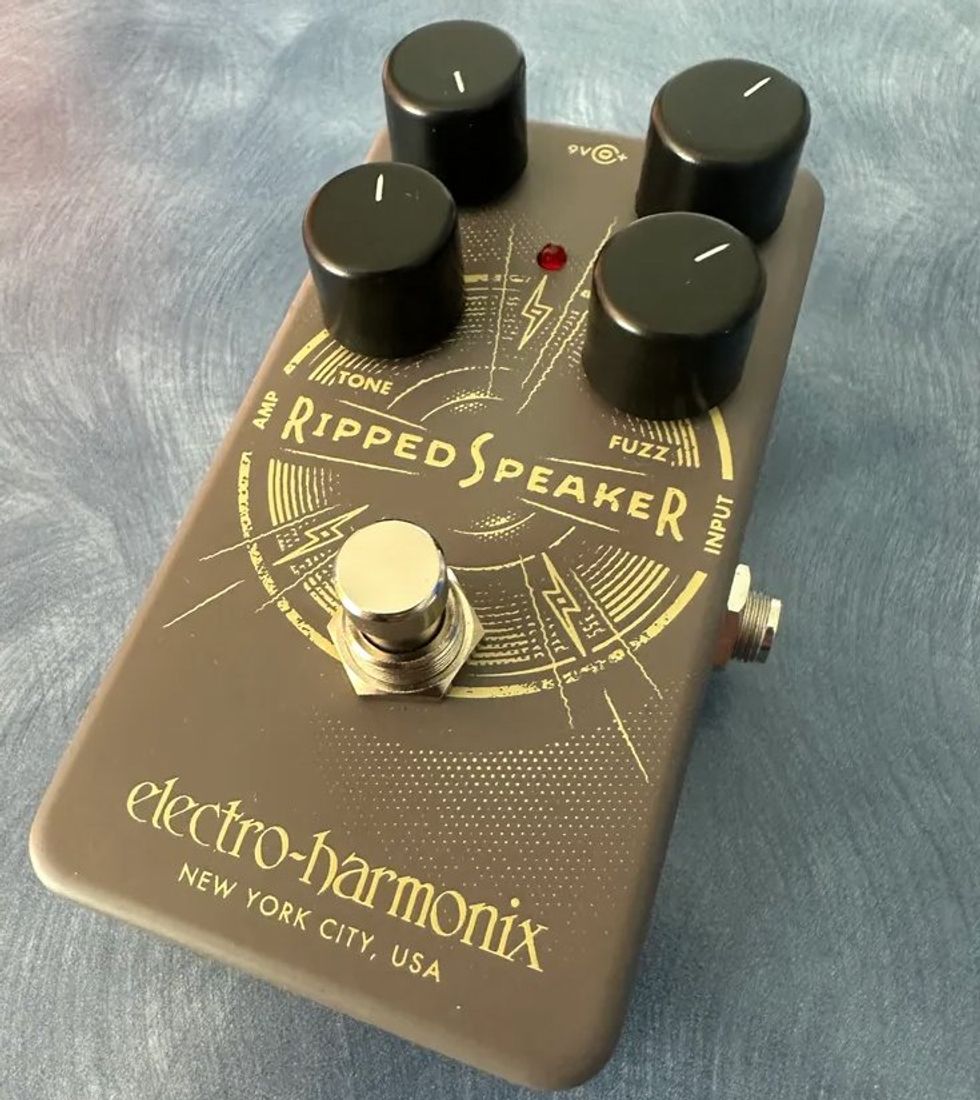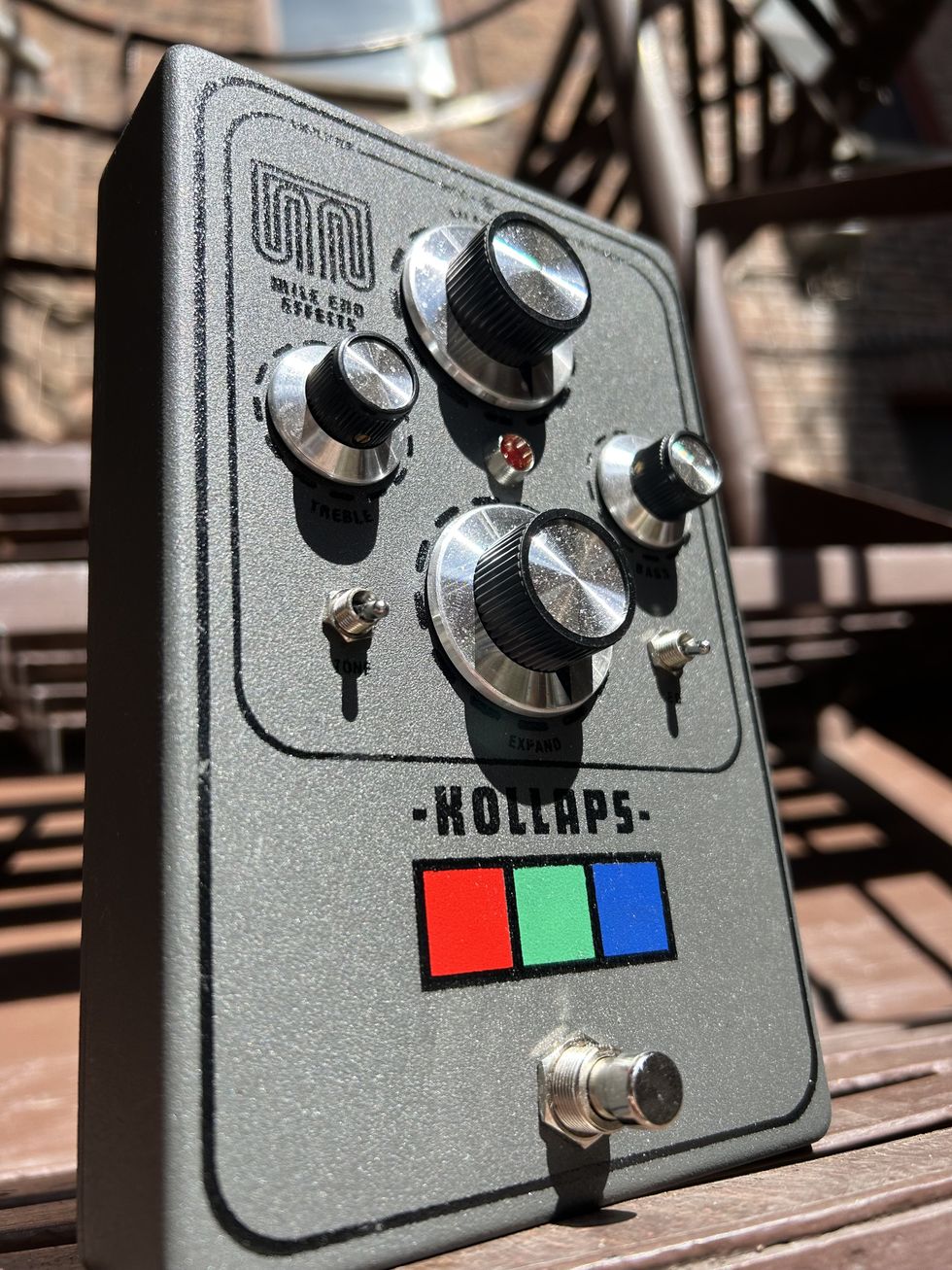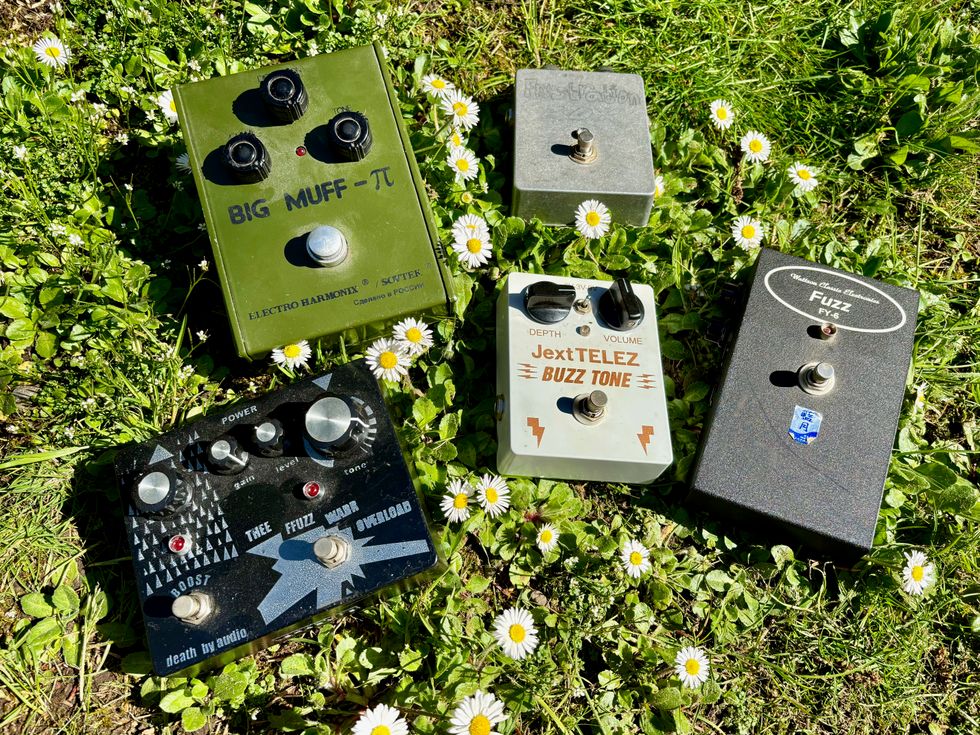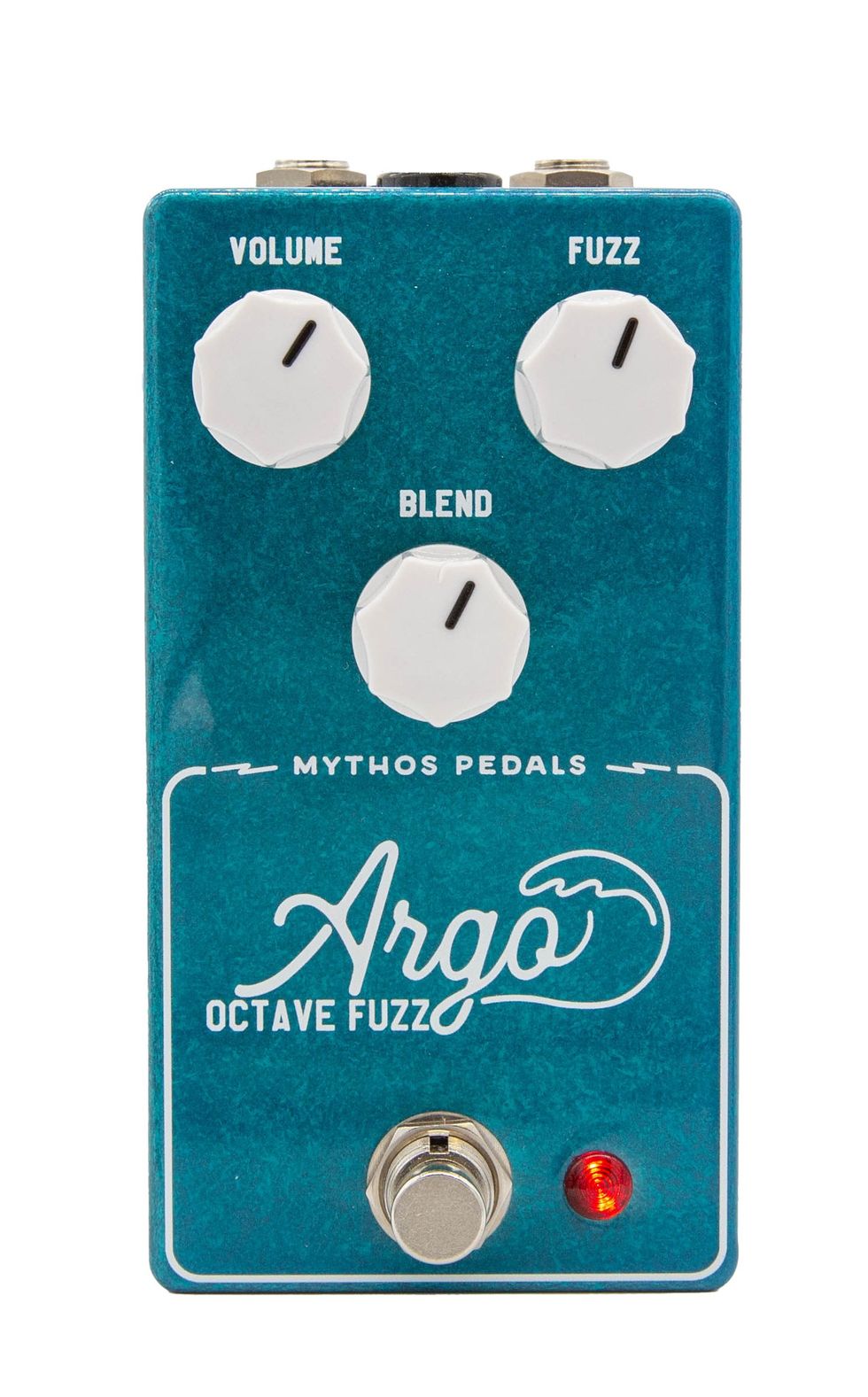Anoka, MN (June 20, 2019) -- Chase Bliss Audio is excited to announce its next fully-digital, collaborative experiment. M O O D is a two channel granular micro-looper/delay. Designed to be playful and immediate, it is a study of interaction.
M O O D is internally collaborative, allowing audio to freely pass back and forth between its two sides, evolving and transforming over time. Drolo FX is behind the loop channel, a collection of always-listening micro-loopers, and Old Blood Noise Endeavors offer us the wet channel, a suite of live spatial effects. We have three different options for how the channels are internally routed. Run a time-stretched loop through a cloud of delay taps, re-record it and carry on. Overdub, freeze, dissolve, smear. The device’s heart is the clock control, which slows or accelerates both sides simultaneously in harmonized steps. Instantly turn a loop into rolling chirps, or divide a reverb down into atmospheric noise. And naturally, we have full MIDI, dip-switch, and preset implementation.
Each M O O D pedal offers the following features:
- 6 independent algorithms over 2 channels (Reverb, Delay, Slip, Env, Tape, Stretch)
- Quantized clock control over FX processors
- 100% analog dry signal path
- Save-able Presets (2 on board, 6 via “faves” switch, 122 via midi)
- 16 dip switches in back of pedal for usage with expression pedal or CV
- 9-volt operation and standard DC input
M O O D carries a suggested retail price of $349 beginning June 20th.
Watch the company's video demo:
For more information:
Chase Bliss Audio

